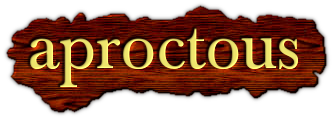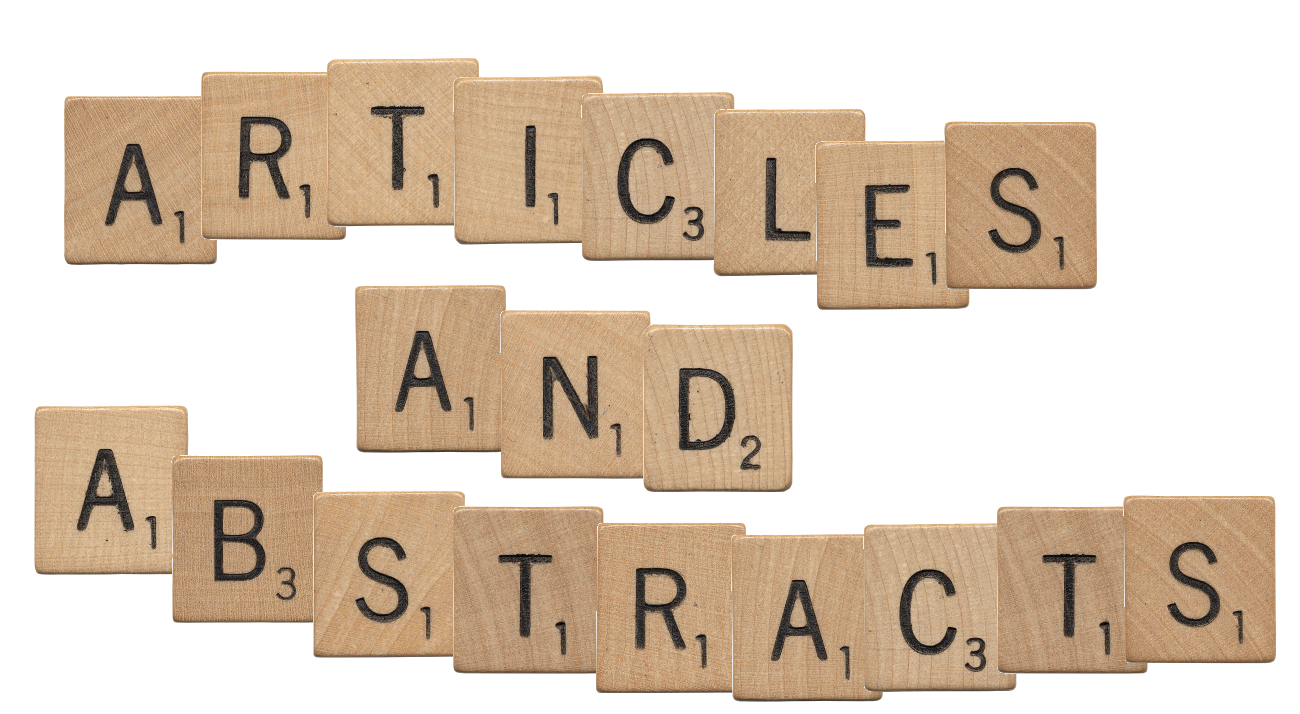It’s no secret – nor a crippling blow to the ego – that as far as Social Media popularity goes, there are cats and serial killers that draw more followers and readers than the Speech Dudes. In fact, if we were to post more pictures of cats and become serial killers ourselves we could probably push up the numbers significantly. This absence of interest applies to our blog, Facebook page, and Twitter account, although to be brutally honest with ourselves, the output to any of these has been pretty spartan of late.
However, a recent reply to a tweet did snag us a few more likes than we are used to, and it didn’t include a picture of a kitten. The original tweet was about the nature of academic publishing as a “paid-for” sport i.e. having research papers treated more as an academic version of vanity press rather than a “free exchange of ideas.” Here’s the original comment:

In a moment of weakness, I responded with a more general comment about the effect that this can have on the world of public discourse:

This drew a number of “likes” and a perfectly valid comment about how sites such as PubMed can provide free access to some articles. But I don’t believe Facebook or Twitter are effective platforms for reasonable discourse so I decided to take a little time to create a blog post to examine this further. Contrariwise, I do believe that Facebook and Twitter are splendidly effective platforms for unreasonable discourse, in fact, it’s pretty much something at which they excel!
I’m sure there was a time when folks naively felt that Facebook would be a glorious democratic forum for John Stuart Mill’s “marketplace of ideas,” where anyone and everyone could expound their beliefs, discuss them with others who had different perspectives, and through logic and reason come to some form of consensus that would ensure stability and understanding amongst the populace.
Well, that’s not at all how it’s worked out has it, boys and girls? Although Freud is seen these days as little more than a historical curiosity, obsessed by sex and having mommy issues, his more general commentaries still ring true over a century from when he first began writing. In Thoughts for the Times, written in 1915 during World War One, he said:
In reality our fellow-citizens have not sunk so low as we feared because they had never risen as high as we believed.
Thoughts for the Times (1915, Standard Edition XIV, p.285)
In times of war, the comfy warm overcoat of rational civilization gets taken off and the true nature of man’s inhumanity to man is revealed in the most cruel, remorseless, and shocking ways, made all the worse by the fact that people at the time don’t see what they are doing as “cruel,” “remorseless,” or “shocking” but easily convince themselves that there is some good and noble purpose in what they do. And as well as potentially arming themselves with guns and knives, they also arm themselves intellectually with the weapon of rationalized brutality.
In a recent conversation with my sister, who lives in the UK, she strenuously criticized the “Black Lives Matter”[1] movement saying that “All Lives Matter,” but then went on to argue vociferously that George Floyd “deserved what he got” because he had a criminal record. Then, when I asked her about refugees crossing the English Channel, she said that they should be sent back and “bombed in the water.” Clearly, not “all lives matter.” And like a depressing number of folks with similar views, she stressed she’s “not a racist” and merely against “foreigners coming to our country and getting free stuff.” This, of course, doesn’t apply to multi-national companies who get tax breaks and grants, which is also “free stuff.”
The casual disregard for the lives of refugees is how she (and others) rationalize brutality. When I pointed out that children have drowned along with their families trying to get into other countries, she says that’s the fault of the parents and it’s their fault. Countering with reminding her how English parents during Word War II sent their children from the London area to the relatively safer north of the country as “refugees,” she said it was different. Yet in both cases we have parents trying to do something to protect their children but one is “bad” and the other is “good.
One of the tools that leads to the development of rationalized brutality is the propagation of lies. Call them “untruths” or “alternative facts” or even “playful hyperbole,” a fib is a fib is a fib. It doesn’t help that we live in a world where lies are treated as being somewhat acceptable, where the “little” in “little white lies” is a lot bigger than folks might want to admit. Add to this the clearly observable fact that in cyberspace, not only are lies amplified and propagated with ease but there are no really effective ways to sanction lying or punish liars. Even an ex-President of the USA who gets banned from social media platforms still gets to tell whatever lies he wants and be heard on the global stage. Any bleating that he’s “censored” is demonstrably untrue – and the same goes for anyone who claims to be a “victim of cancel culture” who is simultaneously tell you about it!
We either live in the Upside-Down or Orwell’s Newspeak dystopia – choose your metaphor. Bad is good; wrong is right; false is true; and “alternative facts” are just as legitimate as “facts.” If the Truth is, indeed, out there, then it’s turning out to be much harder to find than we used to think. The phrase “my truth” has become something of a mantra with many more people than we’d like to believe. And even the phrase, “You’re entitled to your own opinion but not your own facts” seems increasingly hollow in a world where, according to a recent Monmouth University poll [2], one-third (32%) of Americans continue to believe that Joe Biden’s presidential victory in 2020 was due to unproven and unsubstantiated voter fraud. Facts have no bearing on these type of belief, and no amount of evidence will change the mindset of someone who has created a mental model of the world that reflects their own construction of a personal reality that appears to run parallel to world in which other people live.
Don Henley had it right in his “The Garden of Allah” is the following soliloquy from “the stranger:”
I am an expert witness because I say I am
And I said gentlemen (and I use that world loosely)
I will testify for you, I’m a gun for hire, I’m a saint, I’m a liar
Because there are no facts, there is no truth
Just data to be manipulated.
I can get you any result you like
What’s it worth to you?
Because there is no wrong, there is no right
And I sleep very well at night,
No shame, no solution, no remorse, no retribution
Just people selling t-shirts,
Just opportunity to participate in the pathetic little circus
And winning, winning, winning. [3]
Notes
[1] The hashtag, as a Twitter-specific phenomenon, is another example of how poorly such social media platforms handle complex issues. With it’s initial restriction of only 140 characters in a tweet, any attempt to encapsulate an idea into a string of text was doomed to failure. The idea that there’s some magical way to keep things “short and sweet” has always seemed to me to be chimeric and an excuse for folks to simply not put together a coherent set of arguments in a longer piece of text. At best, hashtags such as #metoo, #defundthepolice, and #blacklivesmatter serve as social markers that only loosely try to address difficult and complicated topics. They are models of linguistic imprecision that end up making discussion more heated than productive. For example, critics of #defundthepolice are free to frame the argument along the lines of suggesting that the aim is to literally stop funding a police force and thus end up leading to a lawless society. Of course, that’s not what it means but the minimal, limited structure of the hashtag leaves that avenue of attack wide open. Similarly #blacklivesmatter invited the simple retort of “no, all lives matter” because there’s enough ambiguity in the hashtag to allow it. In short (no pun intended) the brevity of Twitter makes it a terrible platform for debate and discussion.
[2] Monmouth University Polling Institute, June 21, 2021: https://www.monmouth.edu/polling-institute/reports/monmouthpoll_us_062121
[3] “So much winning!”

















